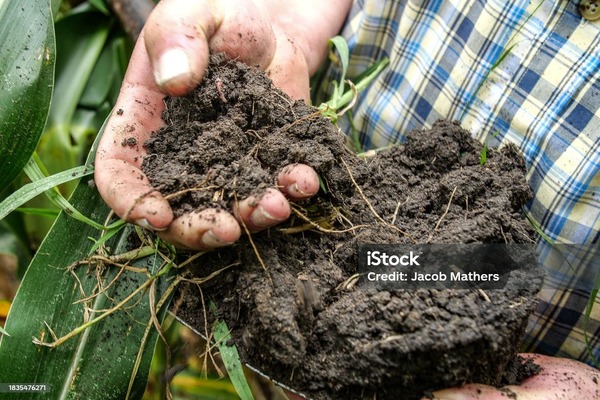Regenerative Agriculture: Restoring Soil Health for Sustainable Farming.
By Deborah
The demand for food production has increased significantly over the years and this has allowed famers to engage in farming practices that depletes the health of the soil and this has caused environmental degradation to a very large extent. However, regenerative agriculture, a new approach to farming is now encouraged to be practiced because it improves the quality of the soil and ensures healthier production of food.
What is Regenerative Agriculture?
This is a fundamental approach to farming that helps improve soil health by restoring degraded soils through the implementation of some beneficial management practices. This farming approach aids to combat climate changes, promote food security and increase productivity of the soil.
Regenerative Agricultural Practices
1. Cover Cropping: cover crops such as legumes protects the soil and improves soil health through prevention of erosion, suppression of weed growth, retention of water, increase of soil organic matter, and they also improve the soil ecosystem.
2. Crop Rotation: this practice is very important in regenerative farming. As the practice implies, it involves ‘rotating’ the type of crops grown on a particular land. It can help reduce pests and soil nutrient depletion issues.
3. Composting: this involves the use of biological waste materials (food waste, animal waste, crop residues) to rebuild the organic matter of the soil. These materials can provide fertilizer that will improve soil health and make these fertilizers available for a much longer period than inorganic fertilizers.
4. Reduced or No-Tillage: tillage is a very common practice that destroys soil structure, increases the chances of erosion and disturbs microbial ecosystem. Implementation of a reduced or no-tillage management practice will help protect the structure of the soil by reducing soil structure destruction, preservation of microbial ecosystem and maintenance of soil organic matter, leading to an overall soil health and productivity.
5. Rotational Grazing: in this practice, grazing fields are divided for grazing animals such that the animals are shifted periodically between the divisions. This practice will reduce soil erosion, increase soil aeration and prevent overgrazing. Also, the soil becomes enriched with the manure from the animals, enriching the soil with nutrients and organic matter.
Benefits of Regenerative Agriculture
This farming approach provides numerous benefits such as:
a) Soil health improvement: regenerative agriculture helps rebuild soil structure and improve the soil’s ability to retain water and improve nutrient provision, this leads to healthier and productive soil.
b) Decreased Input Cost: by eliminating inorganic fertilizers, and incorporating regenerative agricultural practices, input costs are reduced and there will be increase in crop yields and profits for the farmer.
c) Better Climate: healthy soils are carbon rich, therefore, regenerative agriculture helps to gather carbon dioxide from the atmosphere and help counter the effects of climate changes.
d) Improvement of Human Health: with the use of organic fertilizers and elimination of chemicals, regenerative agriculture helps produce nutrient rich food for human health.
READ ALSO: Starting A Diary Farm
Challenges of Regenerative Agriculture
Regenerative Agriculture has some challenges despite its benefits. Some of these are:
• Lack of awareness and knowledge of regenerative agriculture among famers.
• Initial investments in the above mentioned practices may not yield returns immediately
• Decreased profits: it takes time for soil health to improve if it has been destroyed.
• Lack of access to training and education of farmers on these techniques.
In conclusion, regenerative agriculture is an important fundamental shift that needs to be implemented worldwide. By implementing these practices, farmers can create an ecosystem that will increase crop yields, promote food sustainability, and restore soil health.

Comments are closed